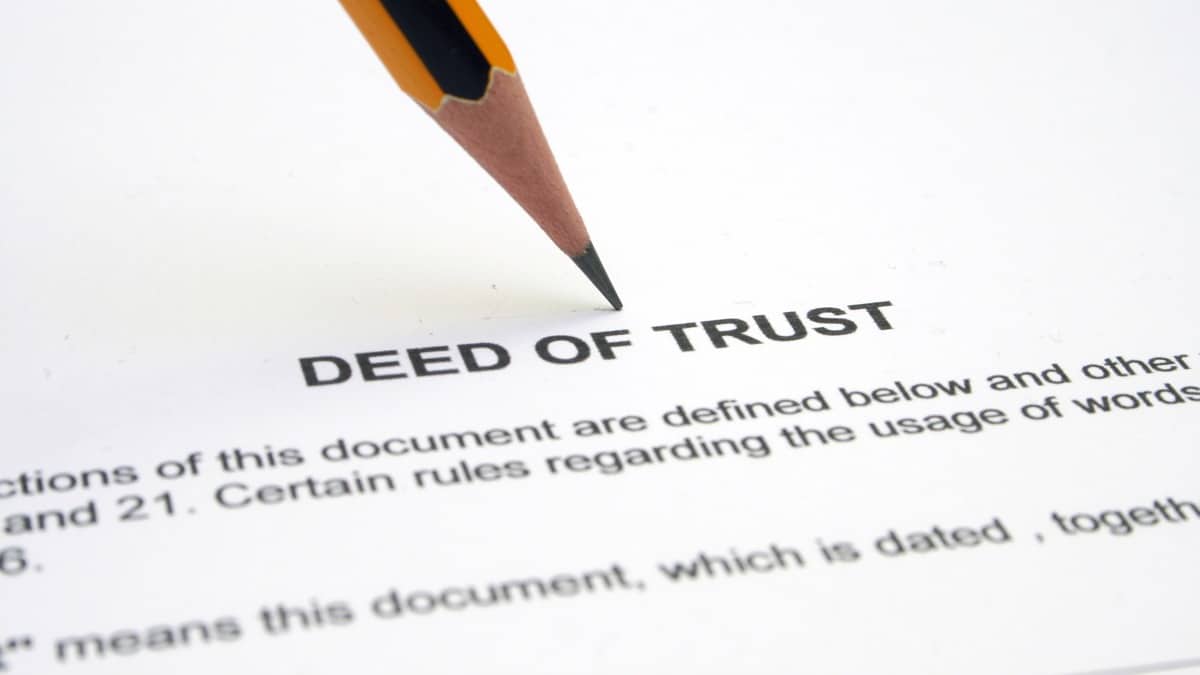In this guide
Have you ever been curious about using your SMSF to invest in a related company? How about investing in a related unit trust?
It may come as a surprise that, in certain situations, these related party investments could be allowed and occur more frequently than you might think.
It may be that you want your SMSF to invest in a related trust or company to fund the purchase of an asset with other family members or even with a business partner. This can be achieved where investors, including your SMSF, purchase shares in a company or units in a unit trust and the company or unit trust then uses those investment proceeds to acquire an asset.
This enables multiple related investors to come together to buy assets, in most cases to acquire property.
Read more about SMSF property ownership options and opportunities.
In other scenarios, SMSF trustees may want to invest in a related company where they see a good investment opportunity. In these situations, there are a number of compliance issues that must be addressed.
Example 1: Joining forces to buy property
Matt is looking to buy a residential property together with his siblings Nick and Penny. They all want to use their retirement savings held in their respective SMSFs.
They decide to use a related unit trust to acquire the property, so each of their SMSFs buys units in the related trust using cash.
The trustee of the unit trust then uses this cash to fund the property purchase and any associated expenses with the purchase. Once the purchase completes, the legal owner of the property is the trustee of the related unit trust.
Financial accounts will need to be prepared for the trust each year and, where relevant, each of the unit holders (the three SMSFs) will receive a distribution from the trust consistent with the interest they hold in the trust.
As the trust is a related trust of each of the three SMSFs, there are rules and restrictions that must be met at all times so the SMSF’s investment in the trust is not caught as an in-house asset.
Using this structure allowed the three funds to combine their resources to purchase the desired asset.



Leave a Reply
You must be logged in to post a comment.